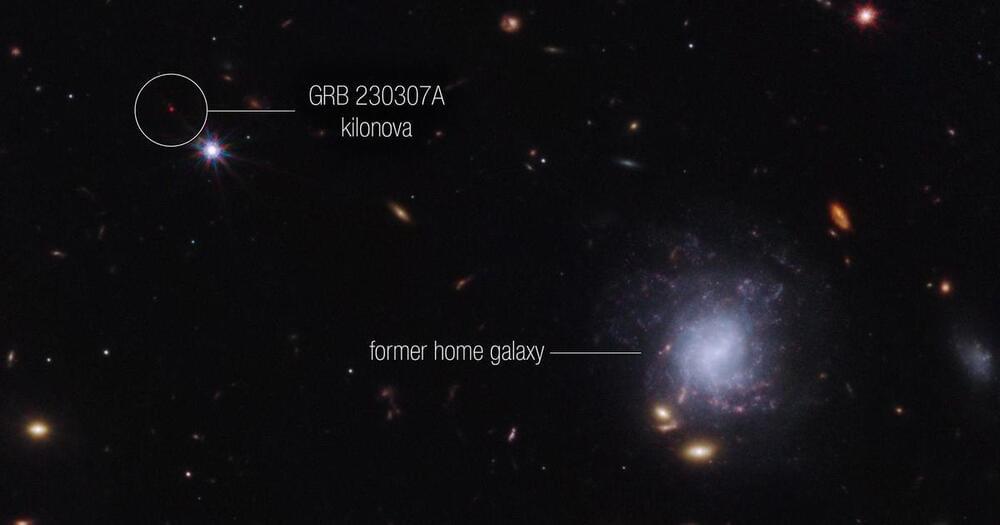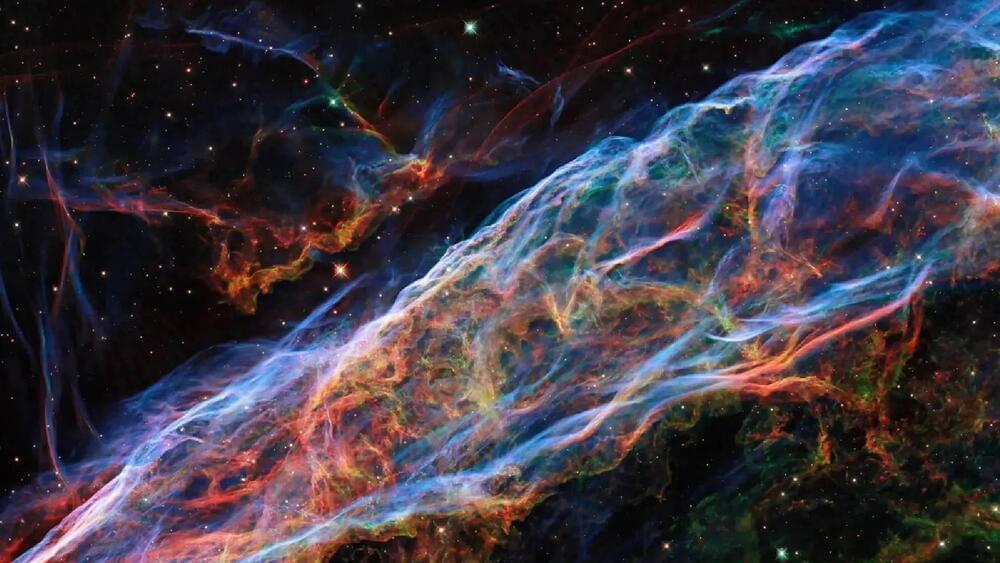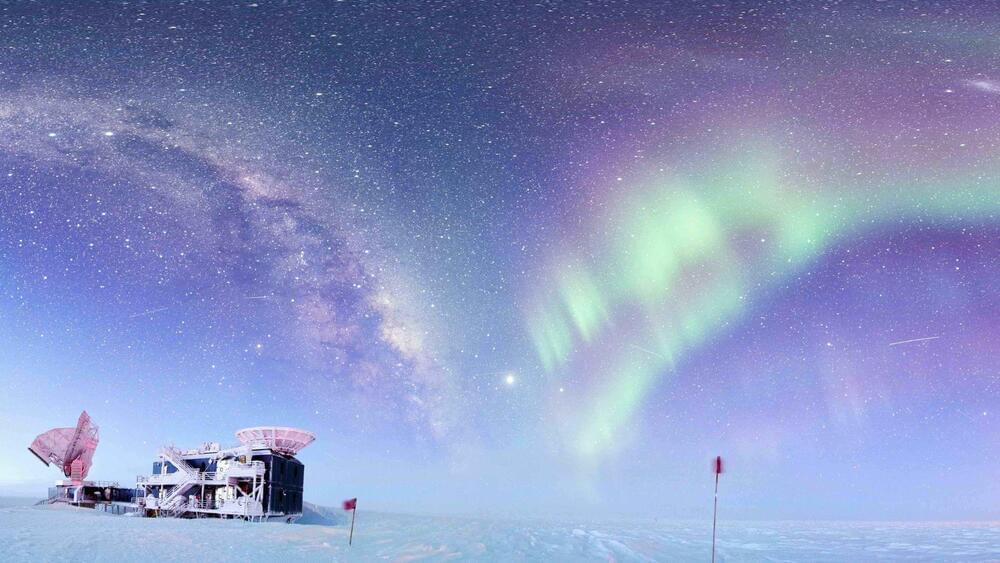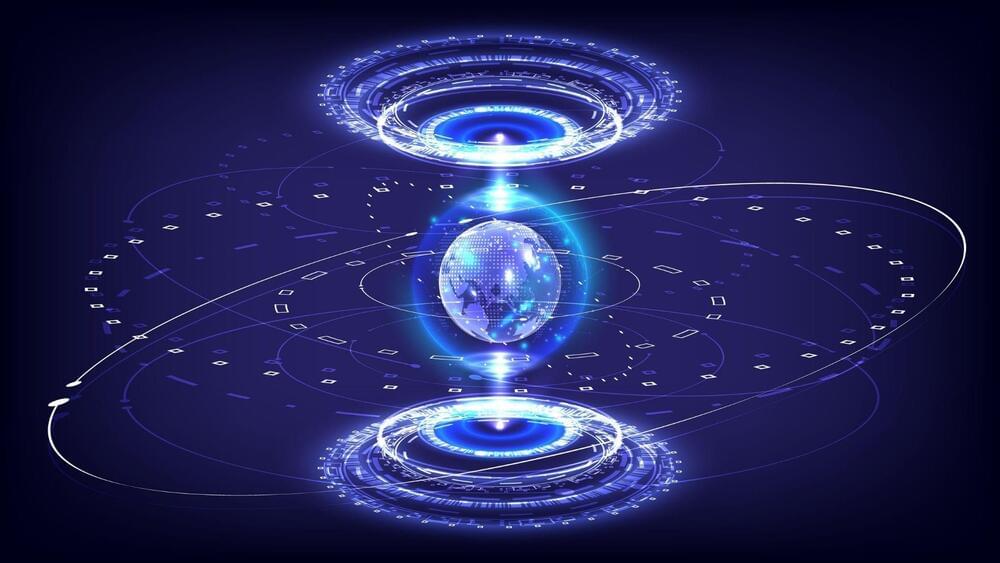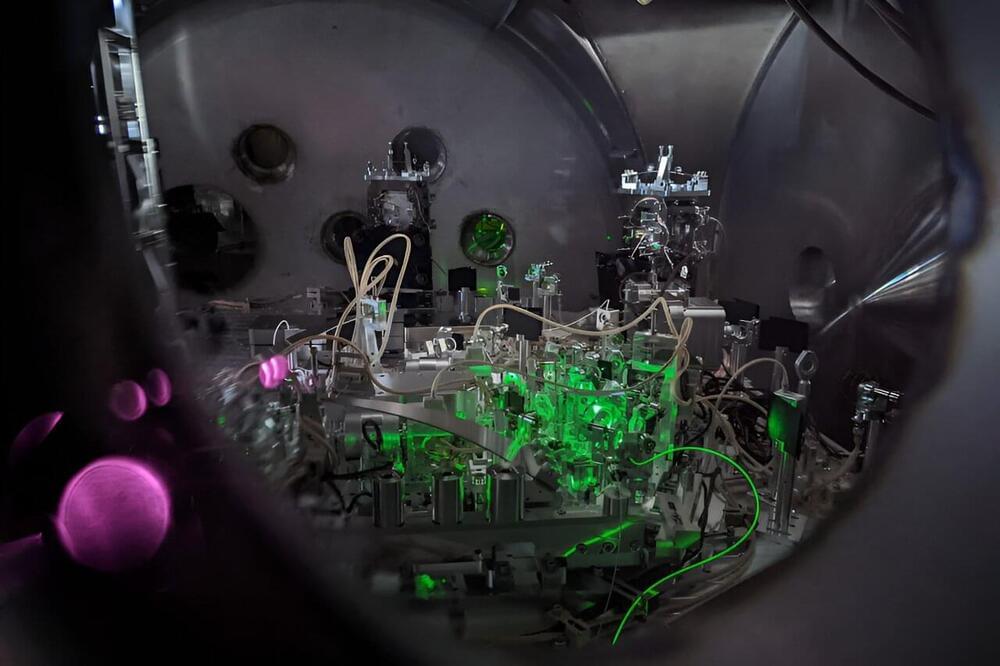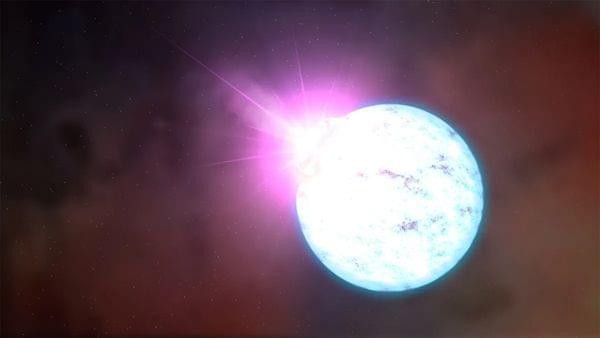Oct 30, 2023
Webb Telescope sees explosion 1 million times brighter than the Milky Way
Posted by Genevieve Klien in categories: cosmology, physics
This particular burst, called GRB 230307A, was likely created when two neutron stars — the incredibly dense remnants of stars after a supernova — merged in a galaxy about one billion light-years away. In addition to releasing the gamma-ray burst, the merger created a kilonova, a rare explosion that occurs when a neutron star merges with another neutron star or a black hole, according to a study published Wednesday in the journal Nature.
The Space Telescope Science Institute in Baltimore is the mission operations center for the telescope. It launched last in 2021 from French Guiana.
“There are only a mere handful of known kilonovas, and this is the first time we have been able to look at the aftermath of a kilonova with the James Webb Space Telescope,” said lead study author Andrew Levan, astrophysics professor at Radboud University in the Netherlands. Levan was also part of the team that made the first detection of a kilonova in 2013.
